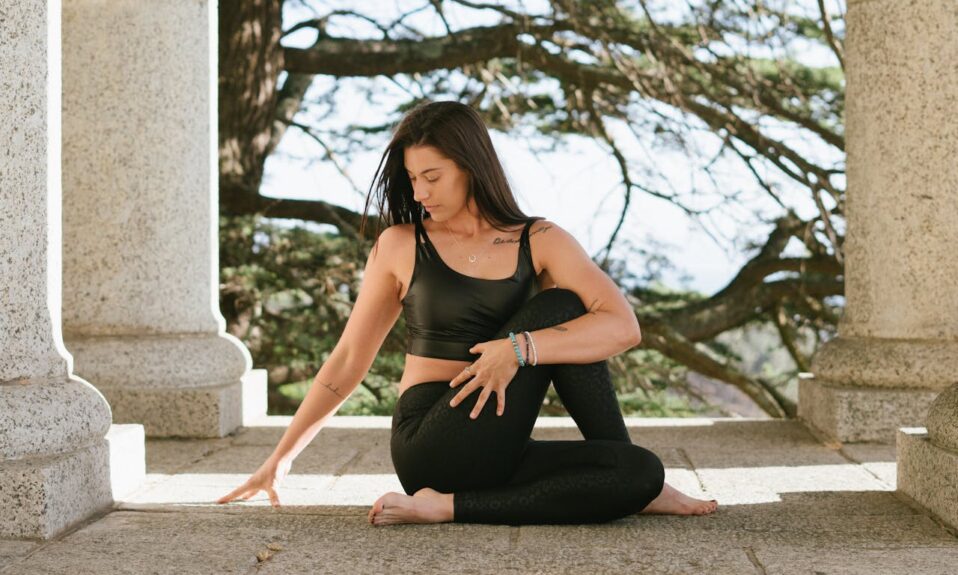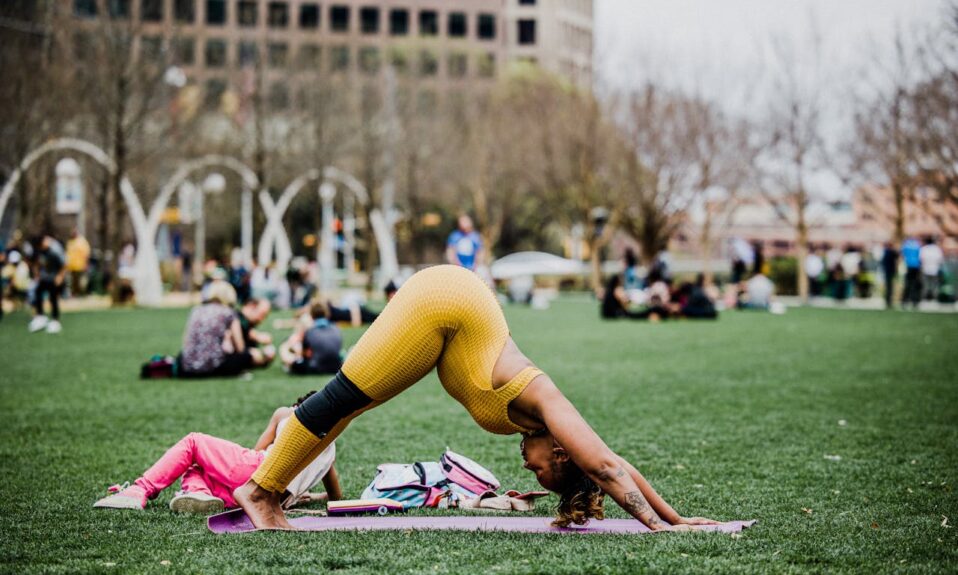Are you a senior citizen looking to improve your health and safety? In this article, we will discuss the importance of balance exercises for senior citizens and how they can significantly impact overall health and safety. We will also provide some helpful tips and exercises to get started on the path to better balance.
Why are balance exercises important for senior citizens?
Balance exercises are crucial for senior citizens as they help reduce the risk of falls, which is a common concern among older adults. Falls can lead to serious injuries such as fractures, head trauma, and more, so it’s essential to work on improving balance to prevent such accidents. Additionally, balance exercises can also enhance mobility, stability, and confidence in everyday activities, leading to a higher quality of life for senior citizens.
Regularly practicing balance exercises can also help maintain and improve muscle strength, coordination, and flexibility, which tend to decline with age. This can contribute to better posture, reduced joint pain, and overall physical well-being. By incorporating balance exercises into their routine, senior citizens can also potentially lower their risk of developing chronic conditions such as osteoporosis and arthritis.
What are some effective balance exercises for senior citizens?
Certain exercises can be particularly beneficial for improving balance in senior citizens. One example is the single-leg stance, where individuals stand on one leg while holding onto a sturdy surface for support if needed. This exercise helps strengthen the muscles in the ankles, hips, and core, ultimately enhancing stability and balance.
Another effective exercise is the heel-to-toe walk, also known as the tandem walk. This involves walking in a straight line while placing the heel of one foot directly in front of the toes of the other foot with each step. This exercise challenges balance and coordination, making it a valuable practice for senior citizens looking to improve their stability.
Balance exercises can also include Tai Chi and yoga, both of which focus on slow, controlled movements that can enhance balance, strength, and flexibility. These forms of exercise not only offer physical benefits but also provide a sense of mental well-being, making them an excellent choice for senior citizens looking to improve overall health and safety.
How often should senior citizens engage in balance exercises?
Senior citizens should aim to incorporate balance exercises into their routine at least 2-3 times per week for optimal benefits. These exercises can be included in a broader fitness regimen alongside other forms of physical activity, such as strength training and cardiovascular exercises. It’s essential to start with simple and low-impact balance exercises, gradually increasing difficulty as strength and stability improve.
What are some tips for ensuring safety during balance exercises?
It’s crucial for senior citizens to prioritize safety when engaging in balance exercises. To minimize the risk of falls or injury, it’s recommended to perform balance exercises in a well-lit area with a clear, clutter-free space. Additionally, having a sturdy support nearby, such as a chair or countertop, can provide reassurance and assistance if needed.
Wearing supportive footwear with good grip and stability can also enhance safety during balance exercises. Seniors should also consult with a healthcare professional, such as a doctor or physical therapist, before starting any new exercise routine to ensure that it aligns with their individual needs and abilities.
Conclusion
Balance exercises play a crucial role in improving the health and safety of senior citizens. By incorporating these exercises into their routine, older adults can reduce the risk of falls, maintain muscle strength and flexibility, and enhance overall physical well-being. It’s essential to prioritize safety and consult with healthcare professionals when starting a new exercise regimen. With consistency and dedication, balance exercises can make a significant impact on the health and safety of senior citizens.
FAQs
What are the benefits of balance exercises for senior citizens?
Balance exercises offer numerous benefits for senior citizens, including a reduced risk of falls, improved muscle strength and coordination, enhanced stability and mobility, and potentially lower risk of developing chronic conditions such as osteoporosis and arthritis. These exercises can also contribute to better posture, reduced joint pain, and overall physical well-being.
Can balance exercises improve mental well-being in senior citizens?
Yes, balance exercises such as Tai Chi and yoga not only offer physical benefits but also provide a sense of mental well-being. These forms of exercise focus on slow, controlled movements that can enhance balance, strength, and flexibility, while also promoting relaxation, stress reduction, and mental clarity.
Can balance exercises be added to an existing fitness regimen for senior citizens?
Absolutely! Balance exercises can be incorporated into a broader fitness regimen alongside other forms of physical activity, such as strength training and cardiovascular exercises. It’s recommended to start with simple and low-impact exercises, gradually increasing difficulty as strength and stability improve.
How can senior citizens ensure safety during balance exercises?
To ensure safety during balance exercises, senior citizens should perform these exercises in a well-lit area with a clear, clutter-free space. Having a sturdy support nearby, such as a chair or countertop, can provide reassurance and assistance if needed. Additionally, wearing supportive footwear with good grip and stability can enhance safety during these exercises.
How often should senior citizens engage in balance exercises?
Seniors citizens should aim to incorporate balance exercises into their routine at least 2-3 times per week for optimal benefits. It’s essential to start with simple and low-impact exercises, gradually increasing difficulty as strength and stability improve. These exercises can be included in a broader fitness regimen alongside other forms of physical activity.





